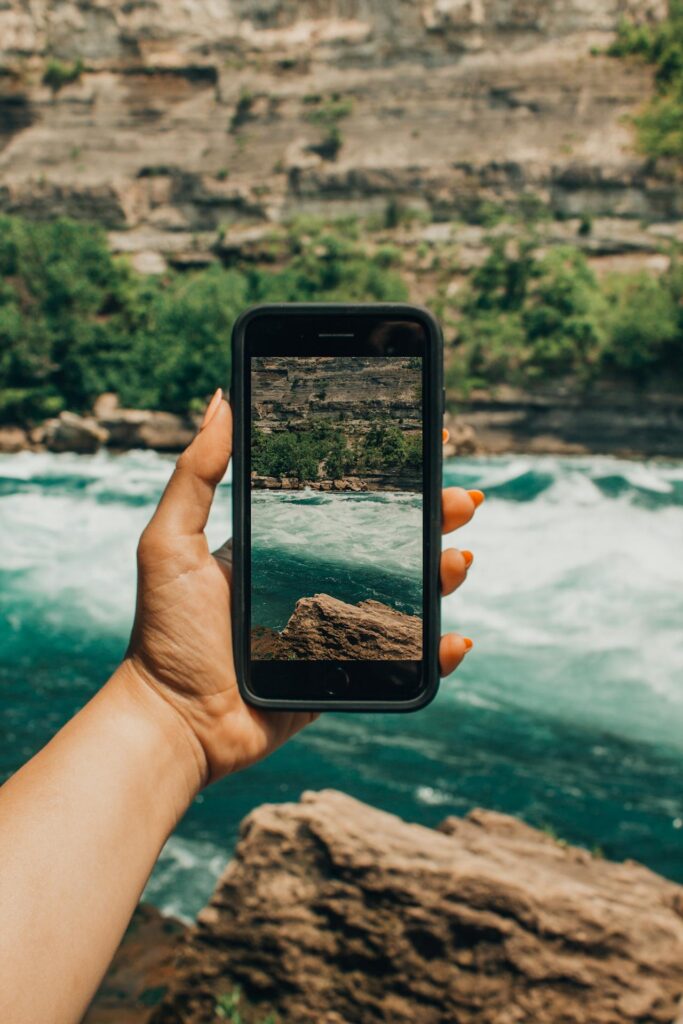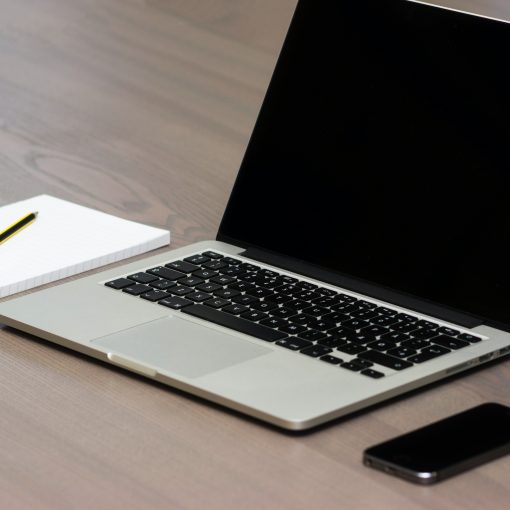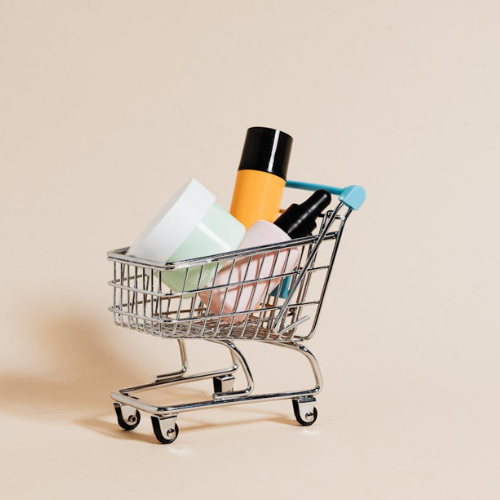
In my previous post, I mentioned how digital declutter is one of the intentional living tips that I consistently come back to. I find it very important as it is a time saver, more secure, and lessens stress. Today I want to dive into that a little deeper.
What is digital clutter?
Digital clutter involves any unused data you have stored, whether it is locally on your phone, PC, or in the cloud. This can include photos, videos, emails, files, chats, contacts, etc. Commonly, the biggest areas of clutter come down to photos, emails and files for a standard user.
How does decluttering save time?
When we think of saving time, we hardly think of adding another cleaning task to our list. We are already trying to keep our homes and cars clean, now we need to clean up seemingly invisible data, who has the time? What I come back to is how much time it saves me in the long run.
Take photos for example, it is so easy to keep snapping photos and tell yourself you will go back and clean up the ones you don’t like. If you don’t go back and delete the ones that are not special to you, you will end up scrolling by them every time you are looking for the right ones. You spend multiple times comparing each of those 5 similar photos for the best one. Cleaning the photos up allows you to more easily scroll down memory lane and smile.
Email clutter is a huge frustration of mine. We all have personal emails through large email services and unfortunately, they do not have good spam filtering options available to keep the true junk out of your inbox. This can lead to daily sifting of emails that include phishing emails, ads, and newsletters. Sitting down every day and deleting emails for 5 minutes a day, that adds up.
My biggest recommendation when it comes to emails is to unsubscribe. Scroll to the bottom of those email and select the unsubscribe link. Then go back into your inbox and search for that company and delete all the current emails from them just sitting in your inbox. It may seem tedious now, but you will save a ton of time in the long run, hopping in each day and deleting the newest one.

How is decluttering more secure?
As someone who has been in the technology industry for 10 years, I can confidently say your data is not safe. There are things you can do to decrease the risk, but the risk is never 0%. I do not say this to cause fear, but to drive home the fact that decreasing your digital footprint leaves less to be taken if it does become compromised.
The cloud is often seen as something mystical. We are not sure where the data is, but when you need it, it is there. The “cloud” comes down to data being stored within servers that are housed in large buildings that typically have redundancy and security protecting the data. Google, Microsoft, Apple, Yahoo, all store the data you have within their servers. However, no security is ever 100% safe. Especially when one of the largest defenses is your password. Yes, the password that you have set the same for every account you own. If that password is compromised it is not just compromised for that account, someone with malicious intent could then try your other accounts as well.
Without going too far down the rabbit hole of security, my biggest recommendation when it comes to passwords are to have different passwords for each account and store them in an official password manager like LastPass. Do not use Google’s password manager that is free, testing has shown that those passwords are able to be pulled and viewed if the person has the right tools.
Emails, files, photos, and videos all have the potential to be taken. By decluttering, you can pull out the data that you no longer need, leaving less of a threat to yourself if it is stolen. For example, your driver’s license you took a photo of for that one application you applied for, delete that photo when you are done. Emails with sensitive information, delete those if no longer needed. A file or spreadsheet with data you no longer need, delete.
How does cleaning up your data lessen stress?
Whether you are technic-savy or not, at some point someone has asked you for something and you knew it was going to take a long time to find it. Maybe it was a work email, a spreadsheet, or a specific photo. You had to designate time to sit down and scroll through photos that are possibly in multiple locations to find the photo you are looking for. It may just be a slight annoyance if you know easily where to go but it could become something that takes a few hours to find and asking multiple people to assist to track it down.

How can I do a digital declutter?
Here are tips that I recommend to anyone who finds themselves spending more time than necessary managing their digital files:
Reduce the number of storage locations:
Put all your similar type of files into a singular or a few locations only. Condense the amount of locations you have for all your files, all your photos, and all your emails. You can do a backup, just do not have everything spread across so many different sources.
Photos: This may mean setting up your phone so all photos are automatically backed up to Google Photos, iCloud+, or another location. If you have apps that take photos and videos like SnapChat, set up your phone to backup any of those saved photos you take to back up to the same location as your phone camera. If you also have a digital camera, upload your photos to that same file location when cleaning off the SD card, don’t save those in another location. Having them all in one place will allow you to more easily search and organize those photos.
Files: Utilize Google Drive, iCloud+, Dropbox, to store all your documents.You can then access them from your phone or your PC whenever you need them, so you don’t need to go grab another device to find something you need.
Emails: Have as few email mailboxes as possible. This is easier said than done. If you have old mailboxes that you find yourself no longer using, stop giving out that email address to others, eventually, you will not need to log into it. I have seen some people set up a separate account for giving their email out on the internet to companies, this could be an option to help separate personal emails from spam you will inevitably receive, but5 remember it is one more mailbox to manage.
Delete out duplicates and garbage:
When it comes to files, emails, photos, set some time aside every once in a while to delete the old duplicates and garbage. It is not only going to save you time from scrolling through it, it can feel quite satisfying.
Along with deleting them, spend some time reflecting on how you got there. Do you typically take 5 of the same photos every time you take a picture, maybe just take 1 or 2 each time. Getting too many emails, what can you unsubscribe from? Have files that you have completely forgotten about? What are the type of information that you find yourself never going back to? Maybe next time just skip documenting it at all.
Overall it comes down to the same concepts as physical clutter, the less you have, the less you have to manage. I hope some of this information will help you if you want to spend some time decluttering your phone, tablet, phone, or just overall digital footprint.





